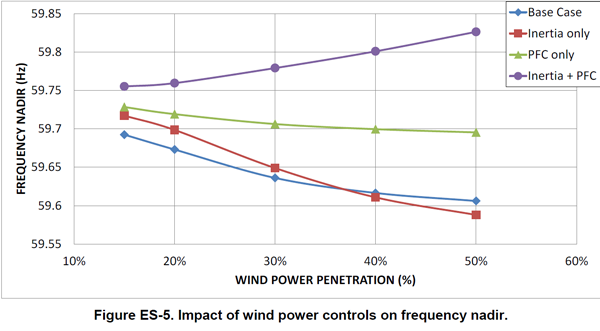The US Energy Department’s National Renewable Energy Laboratory (NREL), along with partners from the Electric Power Research Institute (EPRI) and the University of Colorado, have completed a comprehensive study to understand how wind power technology can assist the power grid by controlling the active power output being placed onto the system. The rest of the power system’s resources have traditionally been adjusted around wind to support a reliable and efficient system. The research that led to this report challenges that concept.

The study, “Active Power Controls from Wind Power: Bridging the Gaps”, finds that wind power can support the power system by adjusting its power output to enhance system reliability. Additionally, the study finds that it often could be economically beneficial to provide active power control, and the potential for damaging loads on turbines from providing this control is negligible. Active power control helps balance load with generation at various times, avoiding erroneous power flows, involuntary load shedding, machine damage, and the risk of potential blackouts.
The forms of active power control considered in this study are synthetic inertial control, primary frequency control (PFC), and automatic generation control (AGC) regulation. For wind power to provide active power control services, three things must happen:
• The wind power response needs to improve power system reliability; not impair it.
• It must be economically viable for wind power plants as well as electricity consumers. Because power plants may incur additional capital costs for the controls and reduce the amount of energy it sells to the market, there must be an incentive to provide the service.
• Active power control should not have negative impacts on the turbine loading or induce structural damage that could reduce the life of the turbine.
The comprehensive study, funded by the Energy Department’s Office of Energy Efficiency and Renewable Energy, analyzed timeframes ranging from milliseconds to the lifetime of wind turbines, spatial scopes ranging from turbine components to entire regions, and study types ranging from economics to power systems engineering, to control design.
“Active Power Controls from Wind Power: Bridging the Gaps” is available at no cost from the National Renewable Energy Laboratory (NREL) at www.nrel.gov/publications.
